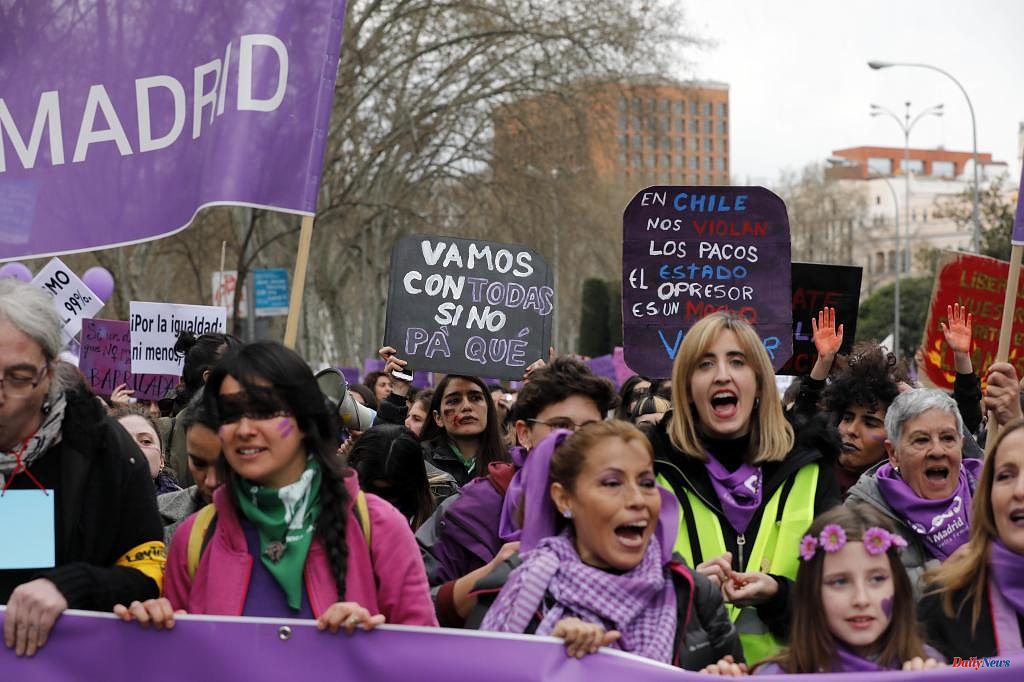International Women's Day is celebrated every March 8, a day recognized by the UN to claim women's rights as well as social and labor equality, eliminating all forms of discrimination, promoting their empowerment and fighting to achieve their full participation in the society.
8M is commemorated in many countries around the world. It is the union of millions of women from all continents, regardless of their ethnic, linguistic, cultural, economic and political differences. Thus, every March 8, numerous events and demonstrations take place throughout the world to commemorate this festivity, celebrating the achievements made during the last century and reviving everything that remains to be done.
We can find some antecedents of the struggle for the empowerment of women in society with equality with men. In Ancient Greece, in Aristophanes' play Lysistrata, the protagonist is an Athenian who led a successful sex strike against men to end the war; the protest of women united as a symbol of strength. Already in the French Revolution, Parisians who called for "liberty, equality and fraternity" marched on Versailles to demand women's suffrage.
However, the origin of Women's Day has its origin in the labor movement of the 19th century. Although there are no documents to prove it, there are those who point to the date of March 8, 1857 as the birth of 8M. That day of that year, hundreds of factory workers took to the streets to demand improvements in working conditions to match those of men. These protests reportedly ended in clashes with the police.
After a year of protests by textile workers in New York over their disastrous working conditions, the first National Women's Day was proclaimed in the United States on February 28, 1909, following a declaration by the American Socialist Party in honor of the women's strike. women.
A year later, in 1910, at the II International Conference of Socialist Women held in Copenhagen, the demand for universal suffrage for all women was reiterated and, at the proposal of the German communist Clara Zetkin, March 8 was proclaimed as the Day Women's International. A day to claim the rights of all women, including the right to vote.
A tragic event marked the modern celebration of International Women's Day. On March 25, 1911, a fire at the Triangle Shirtwaist factory in New York killed 146 workers. As the International Labor Organization recalls, a year before the accident, the workers tried unsuccessfully to obtain recognition from the unions and better wages and working conditions.
The owners of Triangle rejected all the proposals and maintained harsh conditions: Women could not approach to speak with the owner, they did not have permission to eat, they received low wages with long work hours and even worked with the doors locked, a circumstance the latter that caused hundreds of deaths from the fire.
Despite the mobilizations, it was not until 1975 for the United Nations (UN) to celebrate International Women's Year. Three years later, finally, the UN General Assembly proclaimed Women's Day.
According to the criteria of The Trust Project












